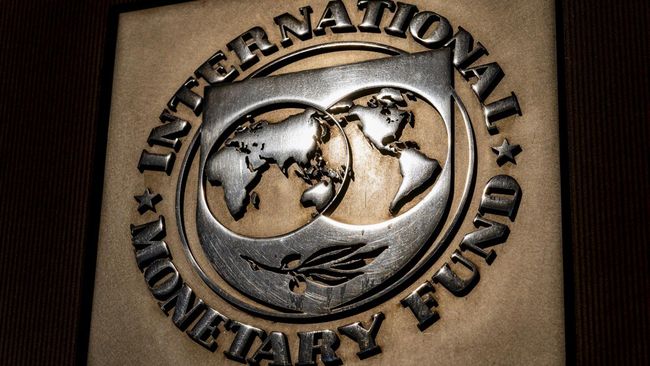The global economy has faced various challenges in recent years, ranging from the pandemic’s aftermath to geopolitical tensions. However, the International Monetary Fund (IMF) has offered a glimpse of hope with its latest economic forecast. According to the IMF, the world economy is expected to grow by 3.3% in both 2025 and 2026. This growth projection highlights a period of recovery and stabilization for the global market, as countries adapt to new economic realities and trends.
In this article, we will delve into the IMF’s growth forecast, explore the key factors driving this expected economic growth, and consider the potential challenges that could impact this outlook.
📊 IMF’s Global Economic Growth Projection
The IMF’s global growth forecast for 2025 and 2026 stands at 3.3% each year. This projection reflects the organization’s belief that the world economy is on the path to recovery. After the shocks of the COVID-19 pandemic and the ongoing impacts of inflation, economic activity is expected to stabilize in the next few years.
This steady growth rate suggests that countries around the world are likely to experience economic resilience despite various uncertainties, such as supply chain disruptions, geopolitical conflicts, and climate change. With the global economy gradually regaining its footing, the IMF’s forecast offers a hopeful outlook for both advanced and developing economies.
🔑 Key Drivers of Economic Growth
Several factors will contribute to the anticipated 3.3% growth in the global economy. First and foremost, a strong recovery in consumer demand and investment activity is expected to continue driving economic expansion. As countries gradually emerge from the pandemic’s grip, people will increase spending on goods and services, which will stimulate growth across many sectors.
Additionally, the global trade sector is projected to see positive momentum. As the world’s major economies reopen and reduce trade barriers, global trade is expected to rebound, providing a crucial boost to growth. Technological innovation and the digital transformation of industries will also play a key role in fostering efficiency and productivity across sectors, further supporting global growth.
Furthermore, policy support from governments worldwide, including stimulus packages and economic reforms, will continue to provide a cushion against any potential setbacks. These factors will help drive economic stability and expansion over the next couple of years.
⚠️ Potential Risks and Challenges
Despite the optimistic growth forecast, several risks could potentially affect the IMF’s projection. One significant challenge is the ongoing inflationary pressures. Inflation has surged in many parts of the world, driven by supply chain disruptions, rising energy prices, and labor shortages. If inflation remains elevated, it could erode purchasing power, dampening consumer confidence and slowing economic growth.
Another concern is the geopolitical tensions, especially in regions like Eastern Europe, the Middle East, and parts of Asia. Prolonged conflicts or new geopolitical crises could disrupt global trade, increase energy costs, and create economic uncertainty, thus impacting the IMF’s growth forecast.
Additionally, the climate crisis continues to pose significant risks to global economies. Severe weather events, such as floods, droughts, and hurricanes, are becoming more frequent, and their economic toll could potentially outweigh growth gains. Governments and businesses will need to work together to ensure sustainable development and address climate change effectively.
🌱 The Road Ahead: Hope for Resilience and Recovery
Looking ahead to 2025 and 2026, the global economy appears poised for a period of resilience and recovery, barring unforeseen setbacks. The IMF’s growth projection of 3.3% in both years reflects an optimistic outlook, backed by factors like increased consumer demand, technological advancements, and global trade recovery.
However, it is essential to monitor potential risks and challenges closely. While the growth trajectory is positive, the global economy must continue to navigate inflation, geopolitical uncertainties, and environmental risks. Governments, businesses, and international organizations will need to work together to create a stable and sustainable economic environment that can foster long-term prosperity.
🔍 Conclusion: A Balanced Outlook for the Global Economy
In conclusion, the IMF’s 2025 and 2026 growth forecast of 3.3% provides a promising outlook for the global economy, signaling a period of recovery and growth. While risks such as inflation, geopolitical instability, and climate change may pose challenges, the overall outlook remains optimistic due to factors like increased demand, trade recovery, and technological innovations.
As the global economy continues to evolve, it is crucial for governments and businesses to adapt to new economic dynamics and focus on sustainable growth strategies. With careful planning and global cooperation, the world economy can overcome obstacles and achieve steady growth in the years to come.








